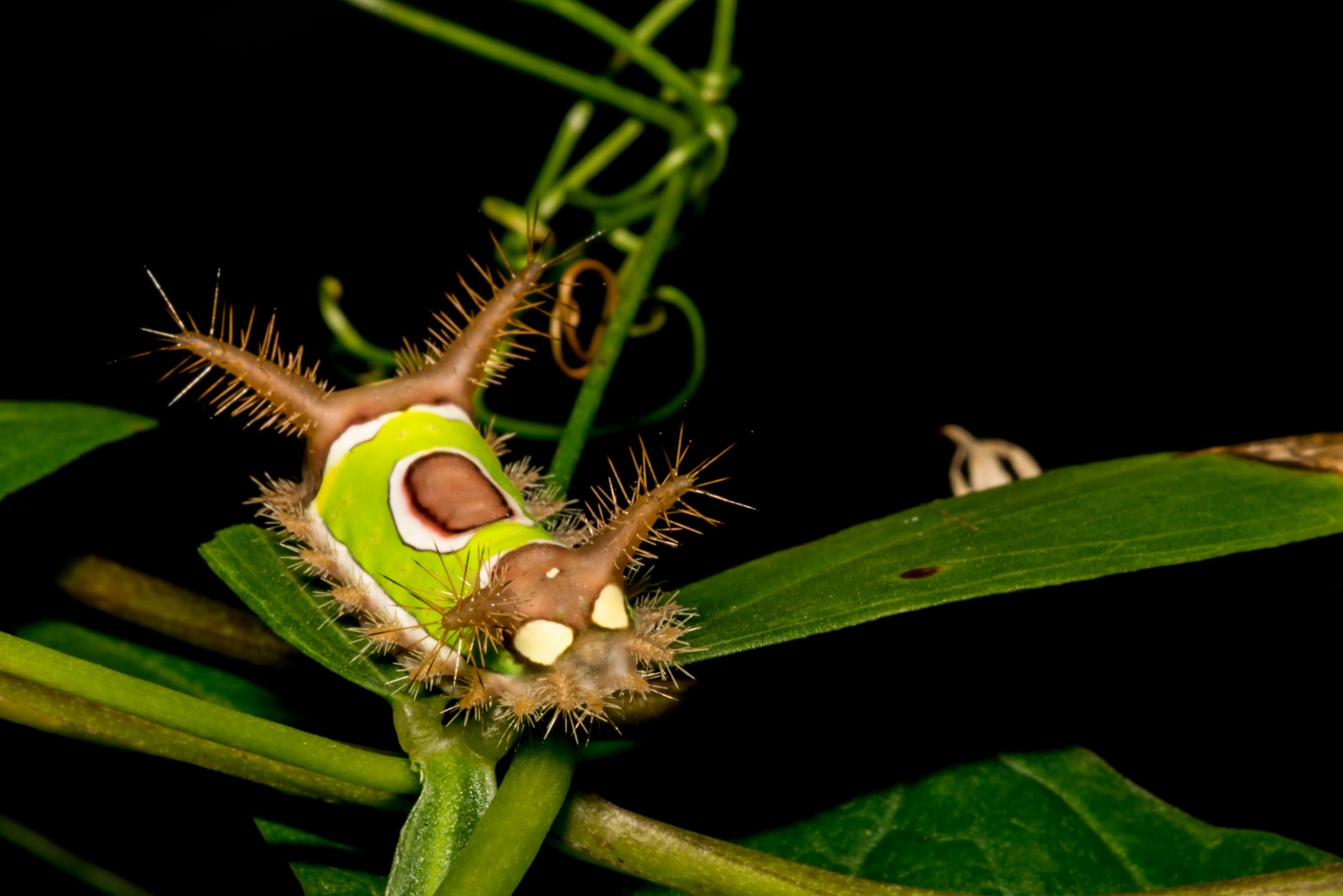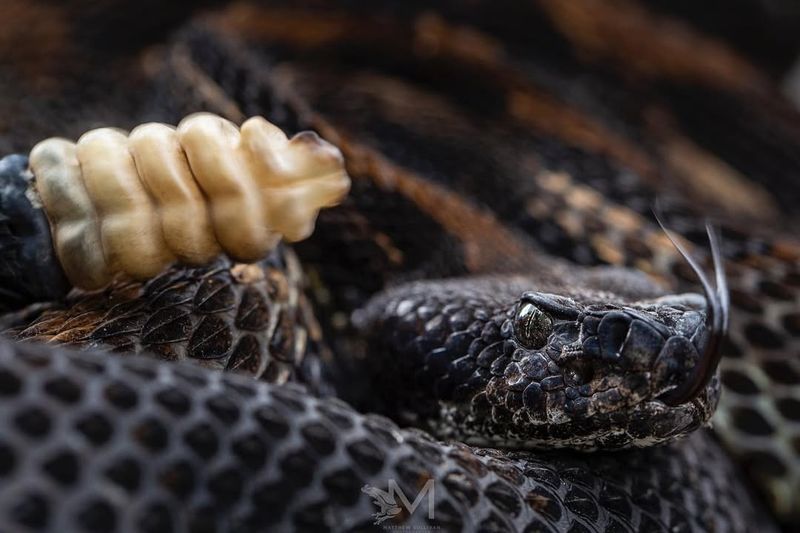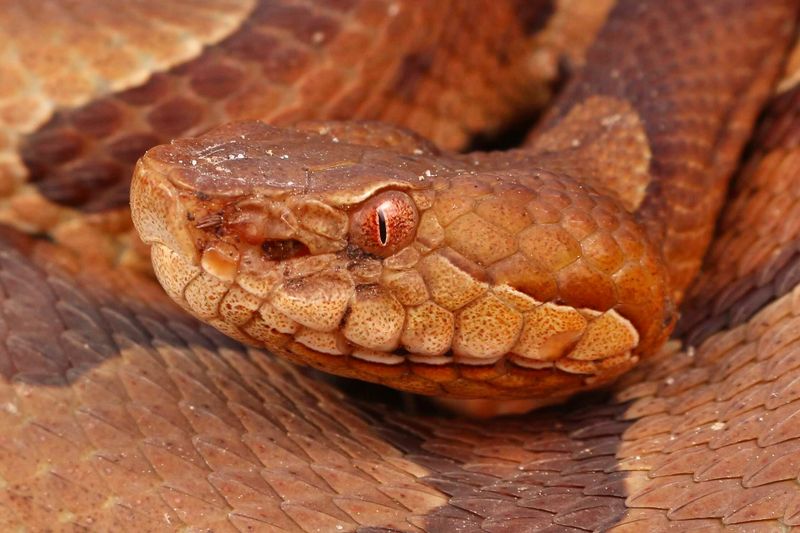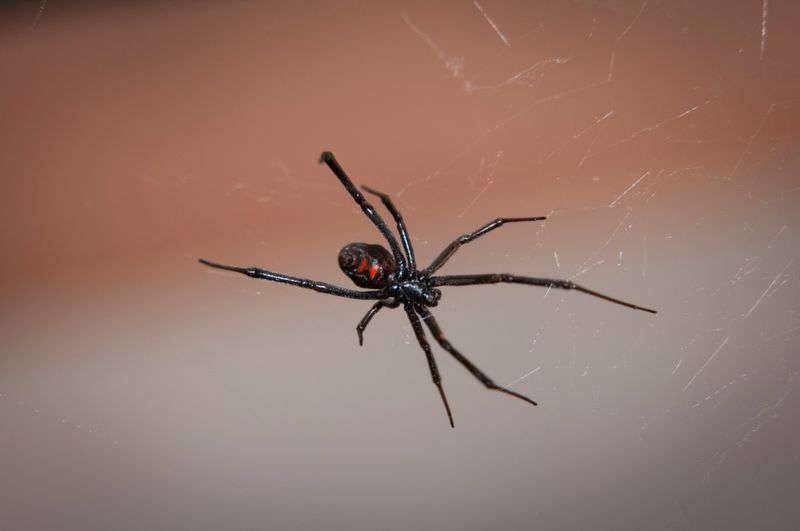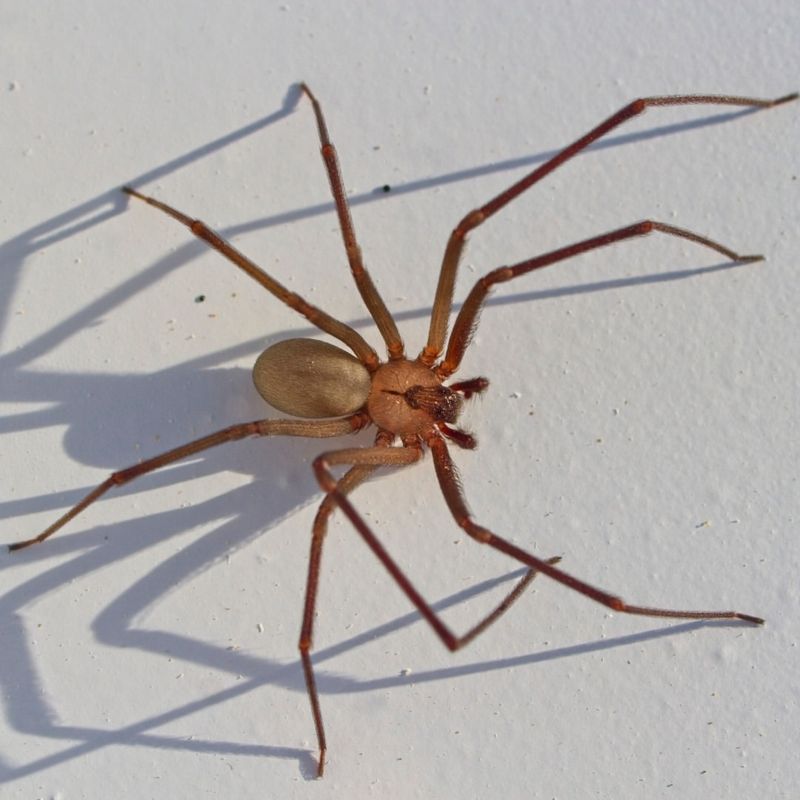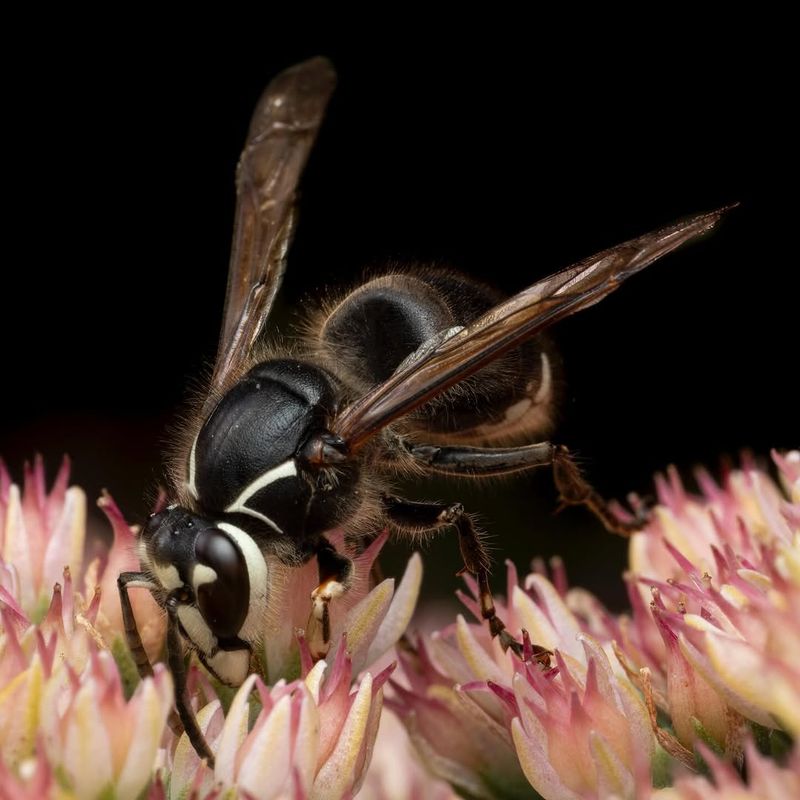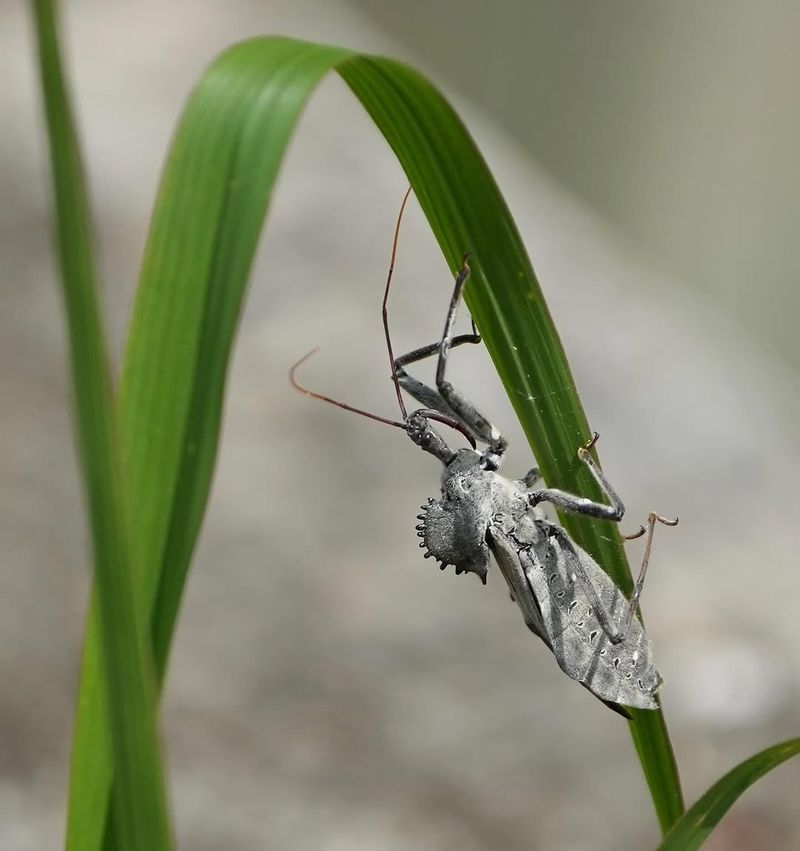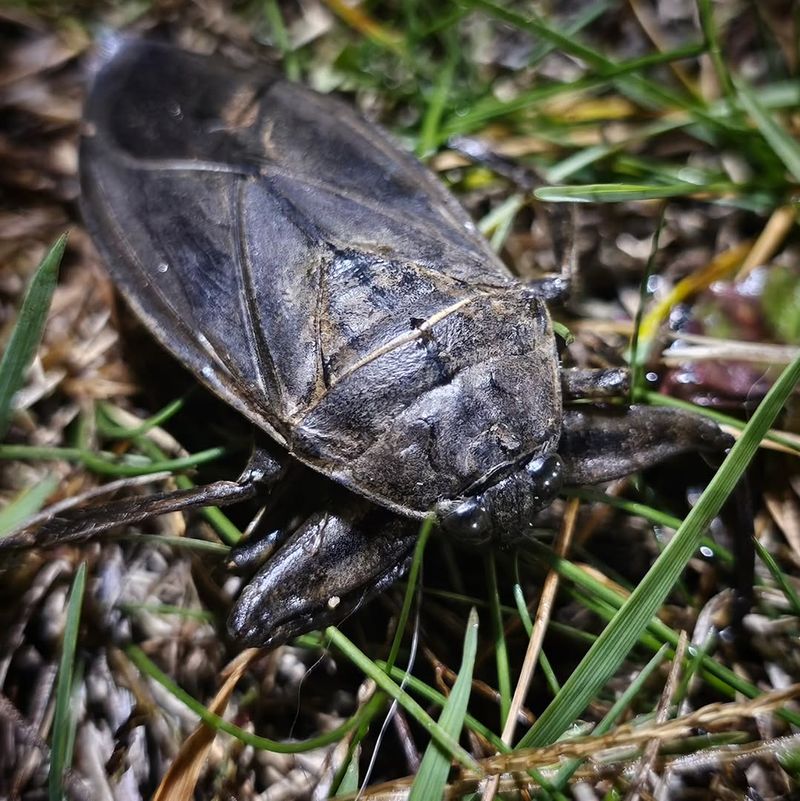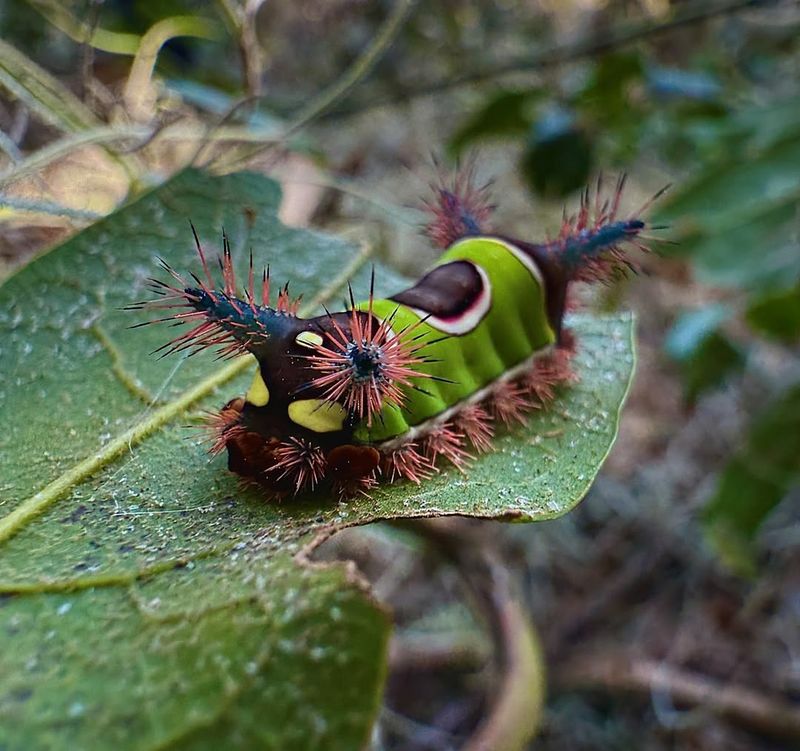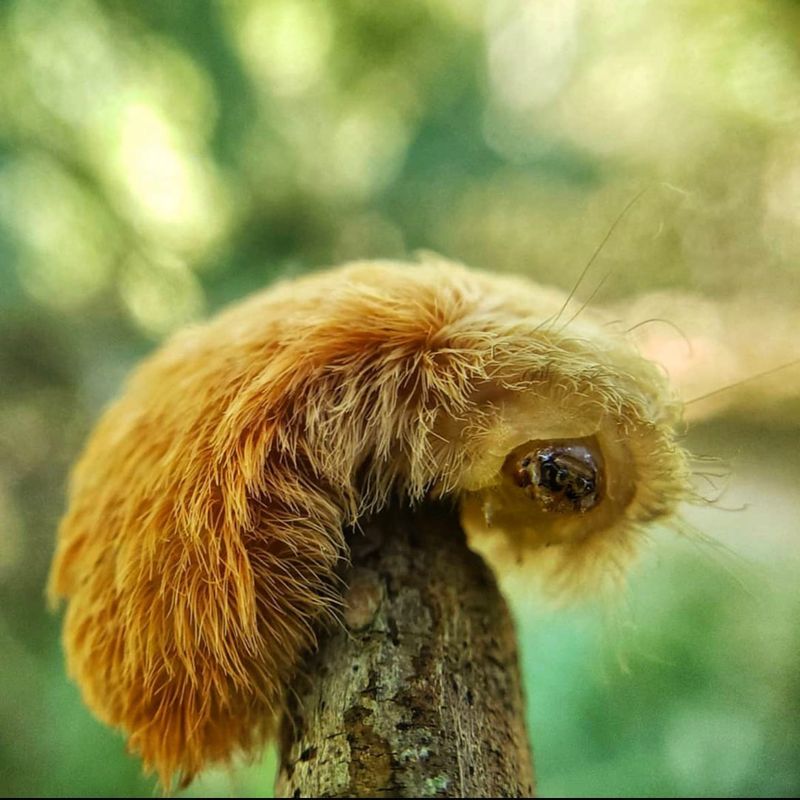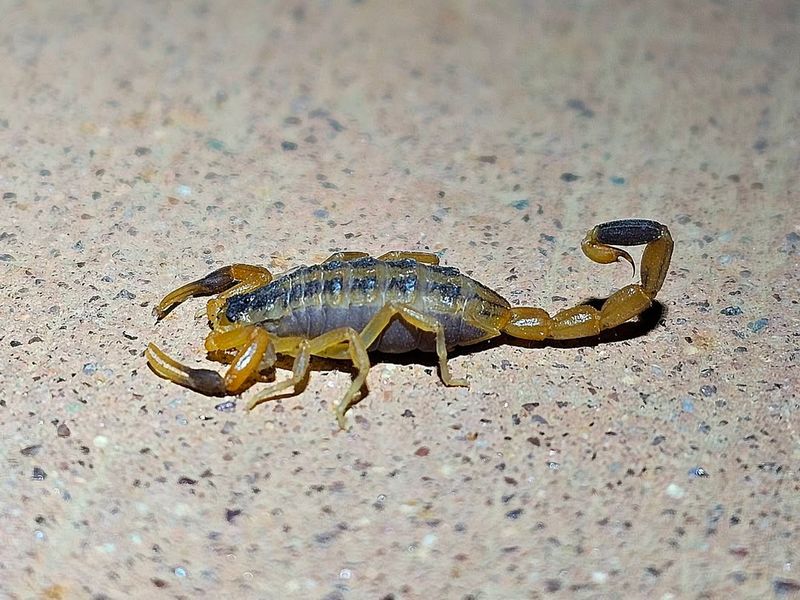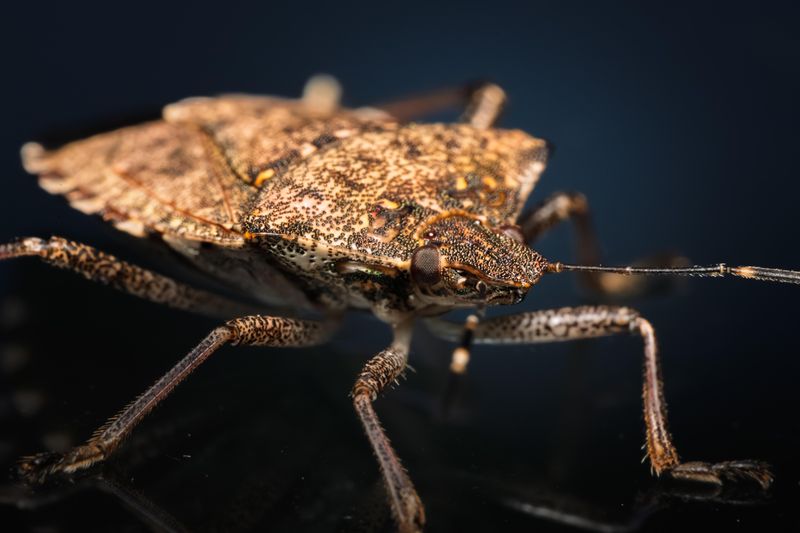West Virginia’s wild side can raise eyebrows, and a few venomous creatures truly keep folks on their toes. From shadowy hollows to rocky ridges, danger may lurk where a hiker least expects it.
Some animals pack a punch that sends hearts into overdrive, and awareness often marks the line between a close call and real trouble. Keep your wits sharp and your eyes open!
1. Timber Rattlesnake
With a reputation that sends shivers down many spines, this snake is actually quite shy and prefers avoiding humans altogether. Found in rocky, wooded areas throughout West Virginia, timber rattlers sport distinctive dark bands and a triangular head.
Their venom can cause severe tissue damage and requires immediate medical attention. If you hear that characteristic rattle sound while hiking, freeze and slowly back away without making sudden movements.
Most bites happen when people accidentally step too close or try to handle them.
2. Northern Copperhead
Sporting hourglass-shaped bands in gorgeous copper tones, this snake blends perfectly with fallen leaves on the forest floor. Copperheads are responsible for most venomous snake bites in West Virginia, mainly because people don’t see them until it’s too late.
Their venom is relatively mild compared to other pit vipers, but bites still hurt terribly and need medical care. Watch where you place your hands when moving logs or rocks.
Wearing boots while hiking offers excellent protection against potential strikes.
3. Black Widow Spider
Recognizable by that famous red hourglass marking on her shiny black belly, the female black widow packs a neurotoxic punch. Males are harmless and much smaller, but females defend their webs aggressively when threatened.
You’ll find them in dark, undisturbed places like woodpiles, sheds, and outdoor toilets. Their venom attacks the nervous system, causing muscle cramps, nausea, and breathing difficulties.
Always wear gloves when reaching into dark spaces and shake out shoes left outside overnight before wearing them.
4. Brown Recluse Spider
That violin-shaped mark on its back gives this spider its nickname: the fiddleback spider. Brown recluses are incredibly shy and only bite when trapped against skin, like inside clothing or bedding.
Their venom destroys tissue and can create nasty wounds that take months to heal properly. Despite scary stories, most bites are minor and heal without complications.
Check shoes and clothes that have been stored away, and keep your bedroom clutter-free to discourage these unwelcome guests from settling in.
5. Yellow Jacket Wasp
Aggressive defenders of their nests, yellow jackets can sting multiple times without passing like honeybees do. Their colonies grow huge by late summer, making them extra cranky and protective during picnic season.
Ground nests hidden in old animal burrows cause the most problems when people accidentally disturb them while mowing lawns. The venom causes immediate burning pain and swelling that worsens for people with allergies.
Stay calm if one lands on you, avoid swatting, and slowly move away from areas where they’re hovering.
6. Bald-Faced Hornet
Despite its name, this insect is actually a type of yellow jacket, not a true hornet. Building those massive paper nests high in trees, bald-faced hornets are fiercely protective and will chase intruders considerable distances.
Their venom injection feels like a hot nail piercing your skin, and they can sting repeatedly without hesitation. Multiple stings can make even healthy adults feel seriously ill.
Never throw objects at their nests or use a ladder to investigate them closely without professional pest control help.
7. Wheel Bug
Looking like something from a science fiction movie, wheel bugs sport a bizarre cogwheel crest on their backs. These beneficial insects normally hunt garden pests, but their defensive bite feels worse than most bee stings.
Their long, curved beak can pierce through skin and inject enzymes that liquefy prey from the inside. The bite causes immediate, intense burning pain followed by numbness that can last for days.
Never handle these insects, even though they move slowly and seem harmless when spotted munching on caterpillars in your garden.
8. Giant Water Bug
Lurking in West Virginia’s ponds and slow streams, these aquatic predators can reach four inches long and pack a memorable bite. Also called toe-biters, they grab unsuspecting swimmers with powerful front legs before injecting digestive enzymes.
Their venom isn’t dangerous but causes excruciating pain that some describe as worse than a wasp sting. The bite area swells considerably and stays tender for several days afterward.
Shuffle your feet when wading in murky water, and avoid reaching under submerged logs where these bugs hide during daylight hours.
9. Saddleback Caterpillar
Dressed in what looks like a tiny green blanket with a brown saddle, this caterpillar is absolutely stunning but dangerously painful to touch. Those colorful spines covering its body contain venom that causes immediate, severe burning sensations.
Contact creates welts and rashes that can last for days, and some people experience nausea and dizziness. Children often get stung because the caterpillar’s cute appearance makes them want to pick it up.
Teach kids to admire caterpillars with their eyes only, and never brush unknown insects off skin with bare hands.
10. Io Moth Caterpillar
Covered in lime-green spines that look soft and fuzzy, this caterpillar is anything but cuddly. Each spine is tipped with venom that breaks off in your skin like microscopic glass shards.
The sting produces instant, throbbing pain followed by red welts that itch intensely for hours. Some people develop allergic reactions that require medical treatment.
Found munching on various trees throughout summer, io moth caterpillars often fall from branches onto unsuspecting people below. Always inspect yourself after spending time under trees, especially oaks and willows.
11. Puss Caterpillar
Don’t let its adorable, fluffy appearance fool you into thinking this is a safe creature to pet. Beneath that soft-looking fur hide venomous spines that deliver one of the most painful stings any North American caterpillar can produce.
Victims describe the sensation as similar to broken glass grinding into skin or bones breaking. The pain spreads rapidly, and some people experience chest pain, difficulty breathing, and nausea.
Found on trees and shrubs, these caterpillars sometimes drop onto people or blow onto skin during windy days. Seek immediate help for severe reactions.
12. Striped Bark Scorpion
West Virginia’s only scorpion species prefers hiding under rocks, bark, and inside homes where it hunts spiders and insects at night. Growing up to three inches long, these arachnids possess venom that’s generally mild for humans.
Stings feel similar to bee stings with localized pain, redness, and swelling that fades within hours. Allergic reactions are rare but possible, especially in young children.
Use a blacklight flashlight at night to spot them since scorpions glow bright blue-green under UV light, making nighttime checks of camping areas much easier.
13. Brown Marmorated Stink Bug
Originally from Asia, these invasive pests have become extremely common throughout West Virginia homes and gardens. While not venomous in the traditional sense, they release defensive chemicals that can cause skin irritation and allergic reactions.
Some people develop rashes, itching, or eye irritation when these bugs land on skin or are accidentally crushed. The smell they produce is intensely unpleasant and lingers on hands for hours.
Remove them using a piece of toilet paper or vacuum them up rather than crushing them with bare hands to avoid skin contact.

